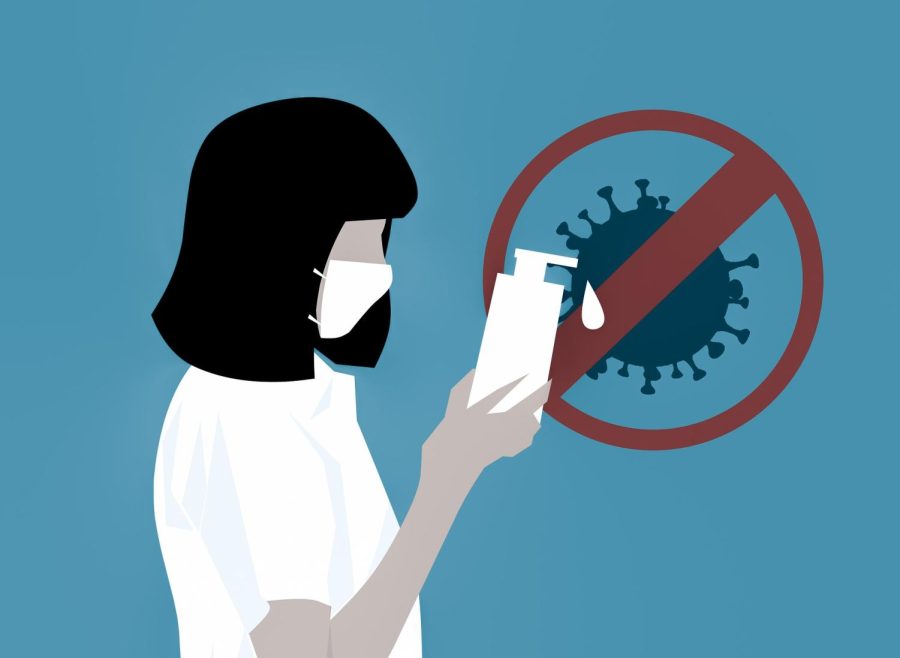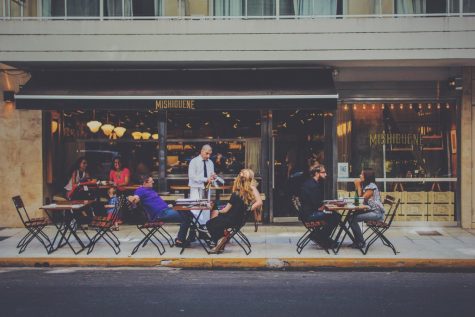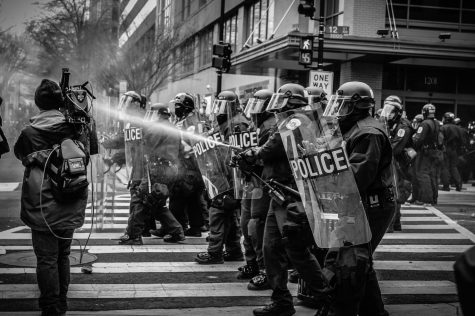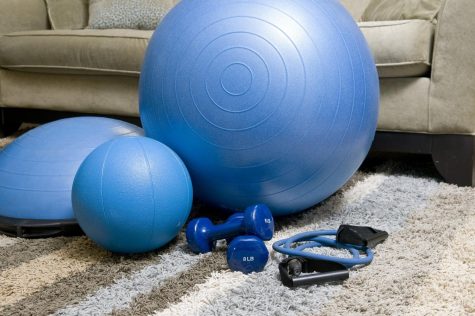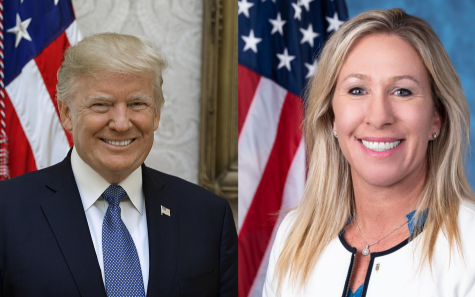BEYOND | Just How Dirty Were We? A Look into How COVID-19 Shifted Cleanliness
Has anyone ever stopped to consider how progressively cleaner the nation has gotten over the past year? With an extra emphasis on “cleaner,” referring to the general adoption of sanitary and hygienic practices — practices that had been, simply put, not emphasized on such a wide scale. Of course, the answer is evident as to why such changes have been implemented, but the question at hand is: what took so long?
The pure nature of the nation’s everyday activities has long needed an overhaul in the sanitation and hygiene department. If one were to consider the abhorrent dirtiness of years past, it would be almost comical if not completely off-putting. To think of a reality where hand sanitizer dispensers are not in the corner of any given facility is a nightmare within itself. Analyzing the changes that COVID-19 has made to the nation’s standards for hygiene and overall sense of cleanliness can provide better imagery as to why such standards have called for crucial revising.
Prior to the COVID era, how many times have you been in a public restroom and witnessed someone leaving without washing their hands? If you can recount more times than one, it speaks volumes to the sheer naivete of those and their understanding of handwashing’s importance, effectively spreading the collection of phalangeal bacteria. Now, take this idea and apply it on a national level. For every one person who skips out on washing their hands in public restrooms, how many touch items accessible to the greater majority in public areas? It does not take long to picture how quickly this can transfer to others. All due to a lack of handwashing, an idea so simple, yet happily neglected by the unnamed few.
As juvenile as it may seem, we now see public facilities plastering signs throughout bathrooms walls, specifying the steps of handwashing — almost like a flashback to pre-K or Kindergarten. Wet, Soap, Wash for 20 seconds…well, I would assume you know the rest. For the adamantly stubborn few, some facilities will go as far as to place signs on bathroom doors, redirecting people to wash their hands.
It is said that hands gather over 3,000 distinct germs over the course of a day. While the infantile signs play as a civil reminder to those in need of one, it certainly lessens everyone’s interaction with the harboring grime of those that may surround.
Methods of thorough disinfecting have also been monumental during the nation’s newfound sense of cleanliness. People, particularly business entities, have made a better effort of ensuring all spaces, and the items kept within them, are cleansed and tidy. Whether through the implementation of rotational wipe-downs or allocated time to disinfect spaces and items, there has undoubtedly been an influx in the use of various disinfectants.
The rise in the use of disinfectants was almost immediate, rather than gradual. During the first wave of COVID-19, we noticed a general shift in the timeliness of disinfecting homes and, more importantly, public spaces. The blurred lines and subtleties of a public spaces’ routine of disinfection, and miscellaneous cleaning efforts, were made apparent, as almost all spaces made their regimen blatant for all to see.
In a pre-COVID world, recall the number of times you visited a location and immediately knew it had not been thoroughly cleaned for months, if not years. Take the New York subway system, for example, a long-running daily resource for thousands. The notably established system was effectively cleaned for the first time in over 100 years during May of 2020. It is safe to assume that the accumulation of bacteria reached heights unimaginable to the human mind. Though this example is an extreme case of sorts, it goes to show the lack of attention and regulation for disinfecting public spaces before COVID-19 cases grew rampant.
Like the New York subway system, signs of cleanliness and disinfection were not guaranteed in most public places. Though many spaces require procedural health and safety inspections, said inspections could have been viably neglected or not strongly enforced. As a result of such negligence, operations could quickly collect unkempt filth and dust. For public spaces that did not require health and safety inspections, the maintenance of disinfection was generally an anomaly.
Today, however, business operations show more initiative in providing substantive transparency regarding methods of disinfecting and cleaning. The role of individuals and businesses actively taking the time to disinfect and clean open surfaces has been shown to have a major impact on the way society currently registers cleanliness.
During the lapse of time where germ-ridden surfaces collected bacteria and grime without interference, this idea was deemed somewhat acceptable, if not normal to some degree. The general public was not as cognizant of the hygienic-related issues that could occur if surfaces are left without disinfecting for quite some time. Though prior disregard was a form of normalcy, the days of underestimating the use of disinfecting supplies are long gone.
The many iterations of cleaning supplies used for disinfecting, like Lysol or Clorox, have steadily risen to a household staple within the recent year. As reported by Forbes, national household spending on cleaning products rose from just $17.30 in January of 2019 to $19.40 by the end of January 2021. Of course, disinfectant sprays have been at the top of everyone’s cleaning supply list as it has become a customer favorite amid the pandemic.
With help from the Centers for Disease Control and Prevention (CDC) and Occupational Safety and Health Administration (OSHA), businesses were directed in their routine of disinfecting such public spaces. Basic standards provided a general disinfecting rule of thumb, which has shed awareness upon businesses that once lacked. By also providing greater access to hand sanitizer and disinfectant wipe dispensers, businesses have customers to aid in respective cleaning and disinfecting efforts.
While the lack of cleanliness is, retrospectively, a national faux pas, the nation has grown better from it. Now upholding an improved standard of cleanliness, The US has seen general shifts in issues that once appeared cyclical or, better stated, seasonal. Namely, seasonal flu cases were reported to be statistically low earlier this year. Despite such issues not being completely obsolete in the face of change, it is a relief to finally revel in environments where genuine effort is made to maintain clean and disinfected spaces.



